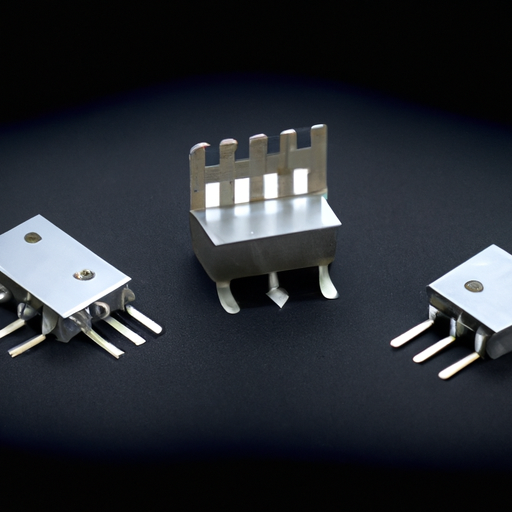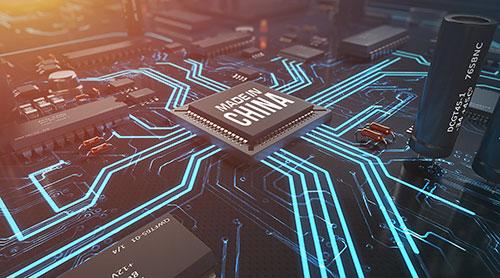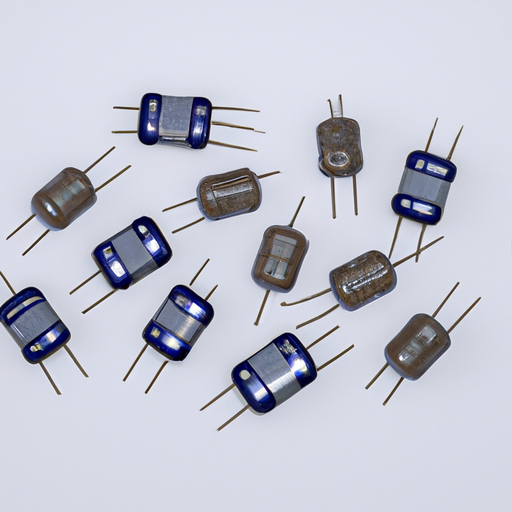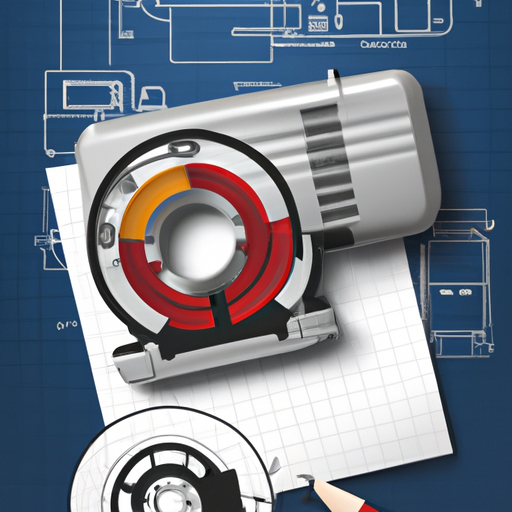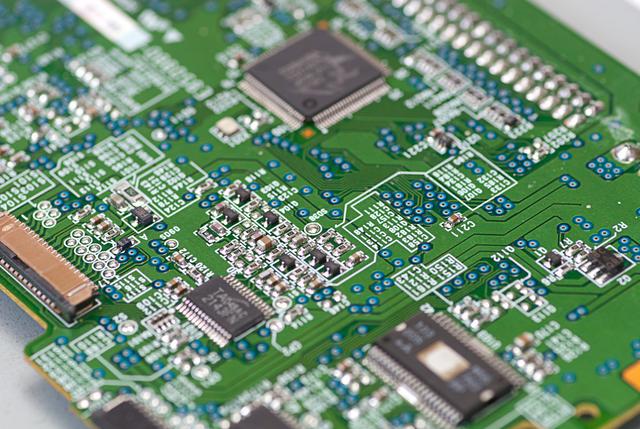What is the Working Principle of Beijing 30W Series Customization?
I. Introduction
A. Overview of the Beijing 30W Series
The Beijing 30W series represents a significant advancement in customizable technology solutions, designed to meet the diverse needs of various industries. This series encompasses a range of products that can be tailored to specific requirements, making it a vital tool in sectors such as manufacturing, healthcare, and telecommunications. The ability to customize these products not only enhances their functionality but also improves user satisfaction and operational efficiency.
B. Purpose of the Article
This article aims to elucidate the working principle behind the customization of the Beijing 30W series. Understanding this principle is crucial in today’s technology-driven world, where personalization and adaptability are key to success. By exploring the intricacies of customization, we can appreciate its role in modern technological advancements.
II. Background of the Beijing 30W Series
A. Historical Context
The development of the Beijing 30W series can be traced back to the growing demand for customizable solutions in the tech industry. As businesses sought to optimize their operations, the need for products that could be tailored to specific tasks became apparent. Over the years, the 30W series has evolved, incorporating feedback from users and advancements in technology to enhance its offerings.
B. Key Features of the 30W Series
The 30W series is characterized by its robust technical specifications, which include high processing power, energy efficiency, and compatibility with various software platforms. Its unique selling points lie in its modular design, user-centric approach, and the integration of advanced technologies, making it a versatile choice for businesses looking to customize their technological solutions.
III. Understanding Customization
A. Definition of Customization in Technology
Customization in technology refers to the process of tailoring products to meet specific user needs and preferences. This approach is essential for enhancing user experience, as it allows individuals and organizations to modify products to better suit their operational requirements.
B. Types of Customization
1. **Hardware Customization**: This involves altering the physical components of a product, such as adding or removing parts to enhance performance or functionality.
2. **Software Customization**: This type focuses on modifying software applications to better align with user workflows, including changes in features, interfaces, and functionalities.
3. **User Interface Customization**: This aspect allows users to personalize the look and feel of the software, making it more intuitive and user-friendly.
IV. Working Principle of the Beijing 30W Series Customization
A. Modular Design
The Beijing 30W series employs a modular design, which is a key aspect of its customization capabilities. Modular components can be easily added, removed, or replaced, allowing users to configure the product according to their specific needs. This flexibility not only simplifies the customization process but also reduces costs and time associated with product modifications.
B. User-Centric Approach
A user-centric approach is fundamental to the customization of the Beijing 30W series. This involves gathering user requirements through consultations and feedback loops. By engaging with users throughout the design process, developers can ensure that the final product aligns with user expectations and operational needs. Iterative design processes allow for continuous improvement based on user input, leading to more effective and satisfactory solutions.
C. Integration of Advanced Technologies
The Beijing 30W series leverages advanced technologies such as artificial intelligence (AI) and machine learning to enhance its customization capabilities. These technologies enable the analysis of user data, allowing for more informed decisions regarding product modifications. Data analytics plays a crucial role in identifying trends and preferences, which can be used to tailor products more effectively.
D. Customization Process
The customization process for the Beijing 30W series typically involves several key steps:
1. **Initial Consultation**: This phase involves discussions with the client to understand their specific needs and requirements.
2. **Design Phase**: Based on the initial consultation, a design is created that outlines the proposed modifications and features.
3. **Prototyping**: A prototype is developed to test the feasibility of the design and gather further feedback from the user.
4. **Final Adjustments**: After testing the prototype, final adjustments are made based on user feedback before the product is finalized.
Tools and software used in this process include CAD (Computer-Aided Design) software for design, project management tools for tracking progress, and analytics platforms for data analysis.
V. Case Studies
A. Successful Implementations of the Beijing 30W Series
Several industries have successfully implemented the Beijing 30W series, showcasing its versatility and effectiveness. For instance, in the healthcare sector, customized solutions have been developed to streamline patient management systems, resulting in improved patient outcomes and operational efficiency. In manufacturing, the series has been used to create tailored automation solutions that enhance productivity and reduce downtime.
B. Challenges Faced During Customization
Despite its successes, the customization process is not without challenges. Technical hurdles, such as compatibility issues between different components, can arise during the customization process. Additionally, user acceptance and adaptation to new systems can pose challenges, requiring effective change management strategies to ensure a smooth transition.
VI. Future of Customization in Technology
A. Trends in Customization
The demand for personalized solutions is on the rise, driven by advancements in technology and changing consumer expectations. As businesses increasingly seek to differentiate themselves in competitive markets, customization will play a pivotal role in product development.
B. Predictions for the Beijing 30W Series
Looking ahead, the Beijing 30W series is poised for further advancements. Potential improvements may include enhanced AI capabilities for predictive customization, allowing for even more tailored solutions. Additionally, the series may expand into new markets, such as smart home technology and IoT (Internet of Things) applications, further broadening its impact.
VII. Conclusion
In summary, the working principle of the Beijing 30W series customization revolves around modular design, a user-centric approach, and the integration of advanced technologies. Understanding this principle is essential for appreciating the value of customization in enhancing product functionality and user satisfaction. As technology continues to evolve, the importance of customization will only grow, paving the way for innovative solutions that meet the diverse needs of users across various industries.
VIII. References
- [Insert relevant literature and sources]
- [Further reading for interested readers]
This comprehensive exploration of the Beijing 30W series customization highlights its significance in modern technology, emphasizing the need for adaptable solutions in an ever-changing landscape.

